The New Fish: The Truth about Farmed Salmon and the Consequences We Can No Longer Ignore is a devastating yet slyly humorous account of the harms caused by 50 years of salmon farming. Much of the book centres around Norway, the world’s top producer and exporter of farmed salmon. There, the fish are primarily farmed in open-net pens along the coast and in fjords, where escapes are common. The farmed fish spread disease, interbreed with wild salmon, and ultimately contribute to the sharp decline in Norwegian wild salmon populations.
The New Fish became a bestseller in Norway when it was published there last year. The clothing company Patagonia translated it into English for U.S. release in July.
In this engaging, fast read, investigative journalists Simen Sætre and Kjetil Østli punch holes in the Norwegian salmon industry’s messaging about “working within nature.” According to their reporting, problems range from the many illnesses suffered by penned fish to sea lice and the pesticides used to treat them. The book also examines how the disappearance of wild salmon impacts Indigenous populations and rural fishing villages, and the ways salmon farming decimates other fisheries.
Woven together, the chapters create a disturbing narrative about open-water salmon farming and Norway’s outsized role in shaping today’s global aquaculture industry — including its deep involvement in setting up Chile’s industry. It’s a good entry point for readers unfamiliar with the problems associated with salmon farming, but it also sheds new light on animal welfare concerns and the silencing of researchers.
With much of the farmed salmon consumed in the U.S. coming from Norway, Chile and Canada, the book is an important read for understanding the environmental and social issues embedded in the choice of buying farmed salmon products. It also reinforces the importance of protecting wild salmon populations and the need for reforms such as closed water pens and greater producer transparency about feed choices, disease treatments, mortality rates and other concerns.
Civil Eats spoke to the authors to discuss the book, their five-year investigation, and the lessons it has to offer consumers. This interview has been edited for length and clarity.
What led you to investigate salmon farming?
Kjetil Østli: Simen and I wrote for a major newspaper 20 years ago in Norway, and we really liked to work together as a team. Years later, we found that we wanted to join forces again. I am an editor of a nature magazine in Norway and a fisherman as well.
Simen Sætre: I worked for a weekly newspaper as an investigative reporter. Salmon farming grew very fast in Norway, starting as a small industry to become one of the major industries on the coast. This big business started to put pressure on scientists when they found results the industry didn’t like.
When we looked further, we saw some scientists working on cases that were positive for the industry, and they got funding and good careers, but there were other scientists working on such things as environmental toxins in salmon farming, or on the consequences for wild salmon — and these scientists had problems in their careers or with getting funding for new projects. We started really looking into that.
Østli: I remember the first days when we called these scientists and almost all of them hung up on us, [saying things like] “I don’t want to ruin my vacation,” or “Please don’t call me. I’ve said enough.” And it was, “OK, let’s start this project because the answers were so telling.”
Sætre: It’s a very touchy issue that you don’t expect to be touchy.
Østli, what do you fish for now? In the book, you wrote about losing the experience of fishing for wild salmon that you grew up with.
Østli: Brown trout. I feel sorry for wild salmon in a way. I’m not saying that farmed salmon is the only reason that the wild salmon are having trouble, but you go to famous Norwegian rivers that are the home of the Atlantic salmon, and you know that this river has been destroyed by a chemical used in salmon farming. This river has been seeing declines in wild stock for years. It makes me sad, so I stopped fishing the wild salmon.
Sætre: I talked to some of these anglers. It’s almost like a trauma for them. They had so many good experiences in the river, and suddenly the wild salmon just disappear. It’s really a loss for some of these people.
The book looks past the question of whether aquaculture is good or bad and explores instead why things are the way they are. What did you learn?
Østli: Salmon farming started in Norway as an additional thing for farmers and fishermen on the coast. In the beginning it was so small, but in 50 years, it has become an international industry. A consequence of fast growth is that regulations come afterwards. For instance, if farmers have trouble with sea lice... what do we do? We use chemicals. And then the next question comes: Will these chemicals harm the shrimp, crabs or lobsters in the fjords? The regulations and knowledge are always one step behind.
Sætre: It’s also, of course, the question of money. The story about salmon farming shows both the best and the worst in humans, because the best is the creative ability to find new ways of producing food and solving problems. Humans are so creative but, at the same time, we can be very short-sighted, and especially when we can make a lot of money very fast.
What surprised you the most during your reporting?
Østli: Salmon farming grew on us because we learned so much. We got obsessed with this topic as we dug into sources. The newspapers weren’t covering it.
Sætre: They normally don’t have the expertise, so they just write what the company officials tell them. It’s hard to get out to the farms. If you walk around Norwegian villages, you can see the cows, the pigs, but you never get to see the salmon because it’s underwater, out at sea, and we’re not allowed to go there.
But it was surprising to see how this business that has been thought of as working within nature — with the pristine water, these nice salmon farmers from the villages — has become big business with multinational corporations. And what they actually do with the salmon, like putting the salmon into hot water to remove lice, which makes them panic; genetically modifying the salmon to become triploid so that they can’t have offspring; even the use of “cleaner fish" to remove salmon lice. Millions of cleaner fish just die in the pens. It has become a very brutal industry in a way, and it has had some very dire consequences, such as on the stock of wild salmon.
Østli: In the beginning we thought about fish as fish, not like a dog or a pig or a cow. But salmon grew on us. [We were moved by] what this fish experiences, and what we learned about fish behavioural research, about the illnesses, about salmon growing so fast their hearts ruptured. That became a turning point for me.
Sætre: Fish are actually quite smart. They are conscious animals. But we can’t hear a fish when it’s in pain with sores from lice or diseases. You have to research it and then you realize, wow, there’s a lot of pain out there.
Are there regulations for fish mortality in salmon farms?
Sætre: No. You can have a salmon farm and half the fish can die and you don’t get any punishment. As long as the profits are high, you can have a very high mortality rate. There are some laws about fish welfare, but the government did not follow them.
Østli: We worked hard to find the mortality statistics from the different farms, but you can’t get that information. The companies report to the government how many fish die every month, but the government keeps this information secret. I complained many times through the Freedom of Information Act, and at last got some numbers from years back.
Sætre: That’s how we found out that some of the farms are doing very well and others not that much. Some have reported three per cent mortality. Others report 29 per cent mortality, which is a huge gap in animal welfare.
Østli: There’s a lot of pathogens, viruses and bacteria just swimming in the water along the coast, and they swim from one fish farm to another, so there’s huge problems with open wounds in the fish and various anemias, bacteria, and, of course, lice.
Is there opposition to salmon farming in Norway?
Sætre: It’s growing but most people are not so aware. There have been groups engaging in the opposition, especially along the coast, not so much in the cities. But still in some of these communities, the salmon farms give a lot of money, so to speak your voice is not so easy.
But I think people are awakening. This book has been part of that. People have read it and gained new knowledge and formed their opinions. A lot of people say they don’t eat farmed salmon anymore, while only a few years ago, you wouldn’t hear that.
Østli: Simen has been on tour all along the coast. He has been giving speeches and going into the debates in coastal town after coastal town from the south of Norway to the tip in the north. He goes to town hall meetings with 60 to 70 people.
Sætre: Maybe even 100. But, in the small villages, it has been almost taboo. It has been hard for people to talk about what’s happening in the fjords and the rivers. This book has given people an occasion to speak out and discuss what happens to their community.
What are the key takeaways you want people to get from your book?
Østli: First, it’s not like the commercials: “The best of nature.” It’s an industry. They could have made car tires. We want to scratch that pristine image.
There is a trend, especially among young people, to be engaged on animal welfare and in having more informed choices. We wanted to contribute to that. People can see for themselves what are Norwegian salmon — what makes them looks so fresh, red and orange.
We want to push the industry in a more sustainable direction, away a little bit from the money and to the longer sustainable perspective and the animal welfare perspective. We want the farmers to see that consumers around the world are getting more information about how food is produced, and they have to follow up on that and do their best.
Sætre: A main thing is that when people buy, say, a salmon sushi, they should be aware of what they’re buying, and they should demand to know where this salmon came from. Did it have lice? Which kind of pesticides did they use to kill the lice? Did the fish have viruses or sores? Was it sick? And did the producer try to help the situation with wild salmon, [such as by preventing farmed salmon from escaping] or did it not?
“People in the U.S. should be aware, because as long as this is such a lucrative business, there will be attempts to start salmon farms and [undo protective] legislation.”
Østli: And where does the fish feed come from? Does it come from soybeans from the rainforest in Brazil? It says almost nothing on the packages, other than “Norwegian salmon.”
Sætre: We want people to know the truth. People should also know that there are alternatives.
Salmon can be produced in closed pens, for example, which will be better for the environment and maybe also for fish. There are new and better technologies that could be used. There are other choices about feed. Producers can make a lot of choices, but they won’t do it unless people demand it.
Where do you see salmon farming being done responsibly?
Østli: There are some small salmon farms on the Norwegian coast that do things differently.
Sætre: There are some salmon branded as ecological. But because of the lice, the producers are in a technological crisis. They’re trying to make salmon factories out at sea, and they’re also trying land-based, and you can also have closed pens in the fjords. I think the most promising is the closed pens, and we see that in Canada. The Canadian government has already demanded a transition to closed pens. These are alternatives — and it’s just for the producers to choose them.
What can you say about the U.S. industry?
Sætre: The industry in the U.S. is still quite small. There’s much more production in Canada. People in the U.S. should be aware, because as long as this is such a lucrative business, there will be attempts to start salmon farms and [undo protective] legislation. These are shrewd lobbyists.
We eat a lot of imported salmon in the U.S., though we have wild-caught salmon from Alaska.
Sætre: I live in Norway, and I have never tasted wild salmon because there are so few, and it’s not commercially sold anymore. We saw wild salmon when we went to Canada for reporting. I don’t think I tasted it, but it struck me as a paradox. People should taste it while they still can because maybe in a lifetime, it will disappear. ![]()
Read more: Books, Rights + Justice, Environment


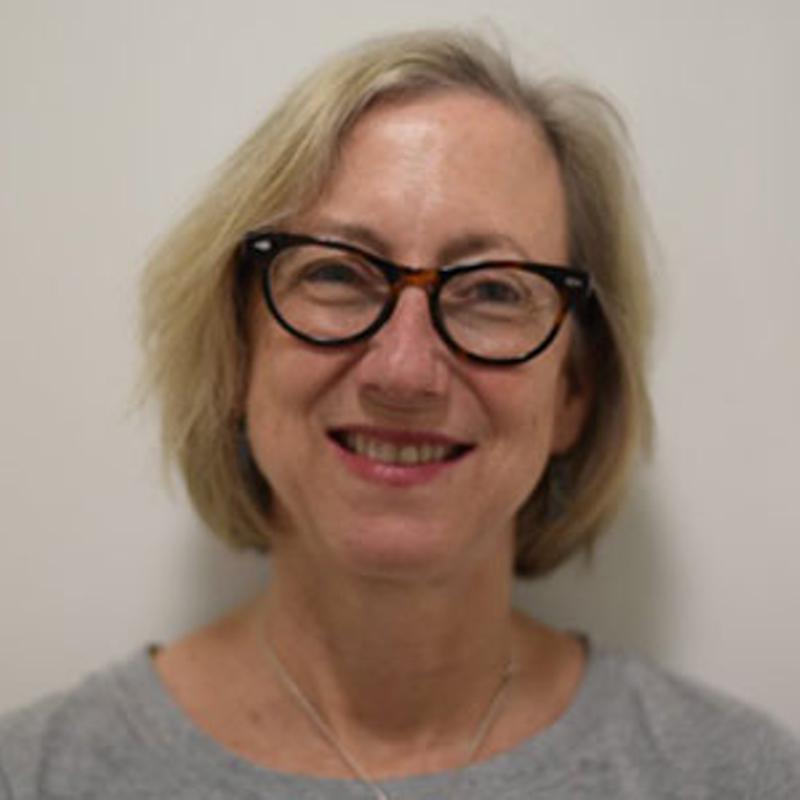

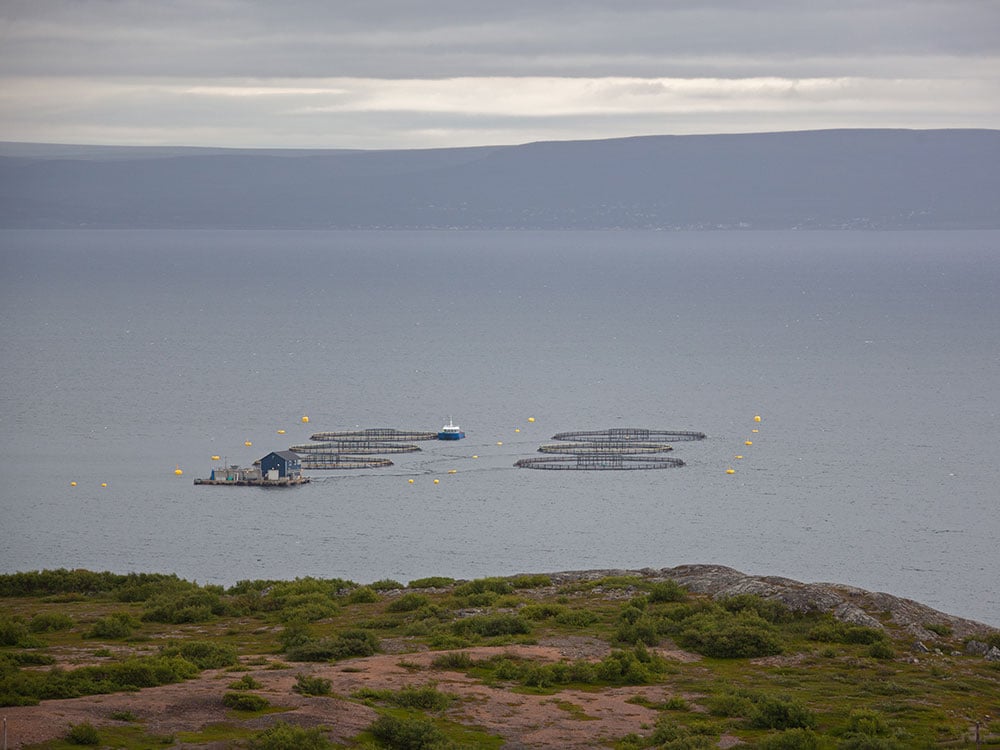
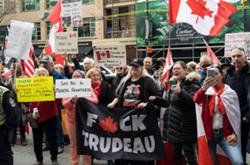
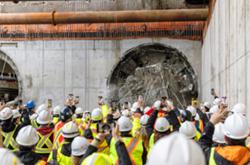
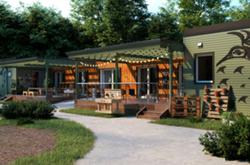
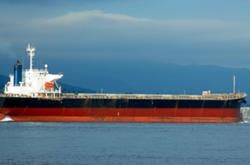
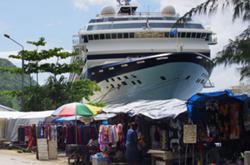
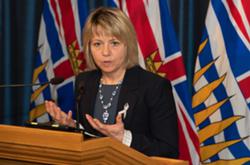
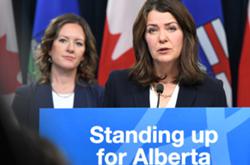
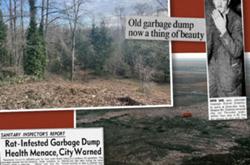
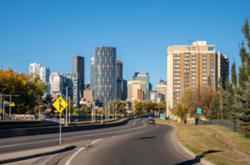



Tyee Commenting Guidelines
Comments that violate guidelines risk being deleted, and violations may result in a temporary or permanent user ban. Maintain the spirit of good conversation to stay in the discussion and be patient with moderators. Comments are reviewed regularly but not in real time.
Do:
Do not: